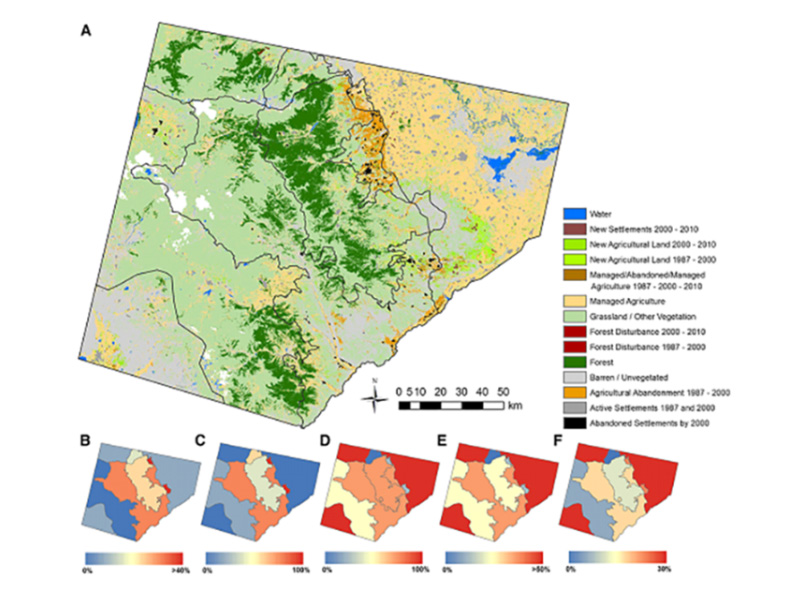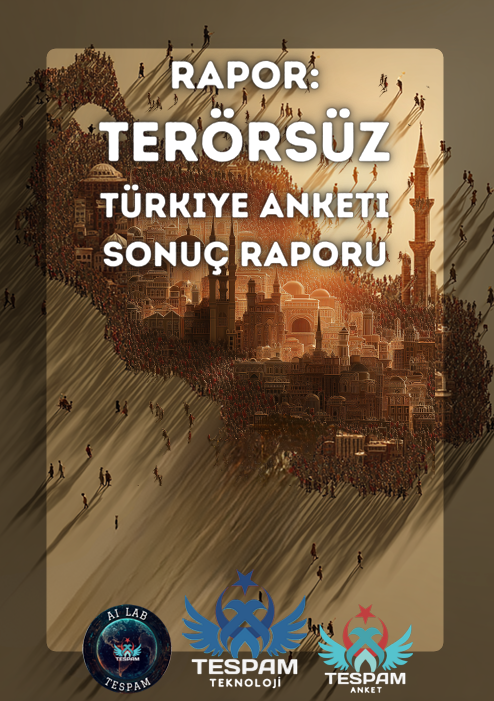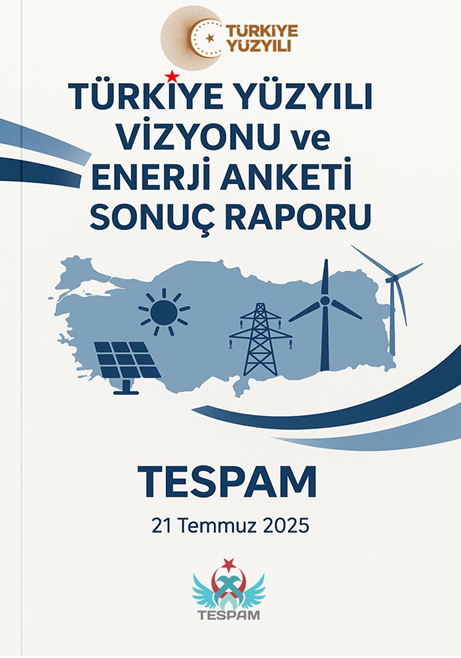What About The Environment In Karabakh?
Abstract
This paper is explaining major environmental issues and challenges in the Karabakh area. After the balance of power has shifted in the Caucasus, the dust is settling down. The authors are focusing on fires, water resources, and mining and land usage. The damages will stay in the conflict zone for decades, and this is a briefing of the resulted calamities.
Introduction
After the fog of struggle in Karabakh disappeared with Azerbaijani victory, the eyes started looking at the humanitarian and environmental issues. This paper is explaining major environmental issues and challenges in the area.
Getting accurate news from the western media was very difficult due to disinformation attempts from the Armenian side – from pro-Armenian civil society. However, with the cease fire people saw forest fires, water pollution, deforestation, landscape destruction, damage to agricultural land.
From late October to early November in 2020, hundreds of fires were observed. Both forest and urban fires…
Like every war, the leftover debris from arms and ammunition is now polluting the environment. This issue needs to be handled quickly to avoid further deteriorations. Trenches, toxic remnants of warfare, unexploded/undetected mines all materialize many problems for the people and the habitat.
After everything is settled, new questions about resource management and extraction will appear – like, how the Sotk gold mine will be managed, and how the Kura River is going to be studied.
Fires
Both landscape and urban areas were affected by fires.
Both parties blamed each other for the high fire count.
When we look at Figure 1 and Figure 2, we see that natural occurrence of the high number of fires is unlikely. Forest fires mainly happened in thick forests for aerial advantage. Blocking aerial support’s view was probably the main focus of the actions.


The landscape fires will have long lasting effects of the environment for decades. The habitat is lost, the fauna is severely damaged. Azerbaijan will need to remediate and rehabilitate these heavily impacted areas as soon as possible – and it is reported that it has already begun.
The BBC, Bloomberg and AFP all reported evidence for voluntary ignition of urban area forests by the Armenian side while they were evacuating the Kalbajar and Lachin areas.
Mass relocation of Azerbaijanis will require massive investment programs. Cities, towns, and villages took heavy damages during the Armenian occupation. Infrastructure has to be replenished. All destruction has to be rebuilt. Therefore, water resources may be further challenged during this process.
Water Resources
Summer of 2020 saw a drought and water shortage in Azerbaijan.
The Kura River’s water level dropped by more than 2 meters and this resulted in the Caspian’s salty water to penetrate into the river basin.
The Mingachevir Dam, which is the largest one in the Caucasus area, experienced a whopping water level drop of 16 meters.
Azerbaijan has to prepare in a better way for the coming possible droughts by managing their water budgets and controlling water used for irrigation and humanly consumption.
Water problems do not only affect one country. There are trans-boundary rivers in the Caucasus region and the surrounding area.
The Kura water basin covers more than 190,000 km2. This area is shared by Turkey, Georgia, Azerbaijan, Iran, and Armenia; therefore, it makes things very complicated.
Turkey, Georgia, Azerbaijan, Iran, and eventually, Armenia, will need to sit at a table together to manage a water budget and a water policy for this region.
Any pollution generated by one party is likely to contaminate other lands along the river basin.
With the global climate change droughts will occur more frequently in this struggling-for-water area. Any future dams and reservoirs need to be projected and built cooperatively and scientifically.
Failing to do so, we may see mass flows of populations to and fro, just like what happened in Sudan and Syria.
Mining and Land Usage
The Sotk gold mine now sits at the Armenian-Azerbaijani border after the Azerbaijani side won back their previously occupied land. So far, the mine looks like to be divided into two pieces for both countries.
This mine has to be monitored to prevent any environmental calamities. Any mismanagement or let-the-other-side-take-care-of-this-problem attitude will bring heavy casualties to the nature.
Water, soil and air pollution need to be monitored continuously.
Explosive usage and heavy metal dispersion have to be under strict control.
These issues may re-spark the conflict in the future while blaming the other country’s operators in the mine.
War, occupation, massacres, hostility… These all took place in Karabakh. People’s habits of using the land differed throughout the decades of this conflict.
The figure below shows how urban areas, agricultural usage, grassland area, forest cover changed. It is also worthy looking at mismanagement and abondonement of once fertile and lucritious areas.

Conclusion
The Armenian occupation brought heavy damages to the occupied Karabakh region. After liberalization of the area these problems were faced clearly.
Loss of forests, animals, forest cover, intentionally burnt urban areas are what are left from the pulling back of the offenders. Chemical pollution is in the air and in the ground. Many decades are perhaps needed to recuperate from this calamity.
It is estimated that 30,000 Armenians left the previously occupied land. Azerbaijanis be will resettled in the area. The population living in the area will be the ones directly and heavily affected. Their cultural heritage is damaged, their psychology has deteriorated, and the nature has to recover.
References
⦁ Report: Investigating the environmental dimensions of the 2020 Nagorno-Karabakh conflict, February, 2021, https://ceobs.org/investigating-the-environmental-dimensions-of-the-nagorno-karabakh-conflict/
⦁ Jeyhun Veliyev, Sofya Manukyan, Tsira Gvasalia, The Environment, Human Rights, and Conflicts in the South Caucasus and Turkey։ Transboundary Water Cooperation as a Mean to Conflict Transformation, 10 Jan 2019, https://caucasusedition.net/the-environment-human-rights-and-conflicts-in-the-south-caucasus-and-turkey-transboundary-water-cooperation-as-a-mean-to-conflict-transformation/
⦁ Thomas de Waal, Unfinished Business in the Armenia-Azerbaijan Conflict, February 11, 2021, https://carnegieeurope.eu/2021/02/11/unfinished-business-in-armenia-azerbaijan-conflict-pub-83844
⦁ Congressional Research Service, Azerbaijan and Armenia: The Nagorno-Karabakh Conflict, January 7, 2021, ⦁ https://crsreports.congress.gov
⦁ Matthias Baumann, Volker C. Radeloff, Vahagn Avedian, Tobias Kuemmerle, Land-use change in the Caucasus during and after the Nagorno-Karabakh conflict, Reg Environ Change (2015) 15:1703–1716, DOI 10.1007/s10113-014-0728-3
Fatih Temiz
Environmental Engineer MSc.



